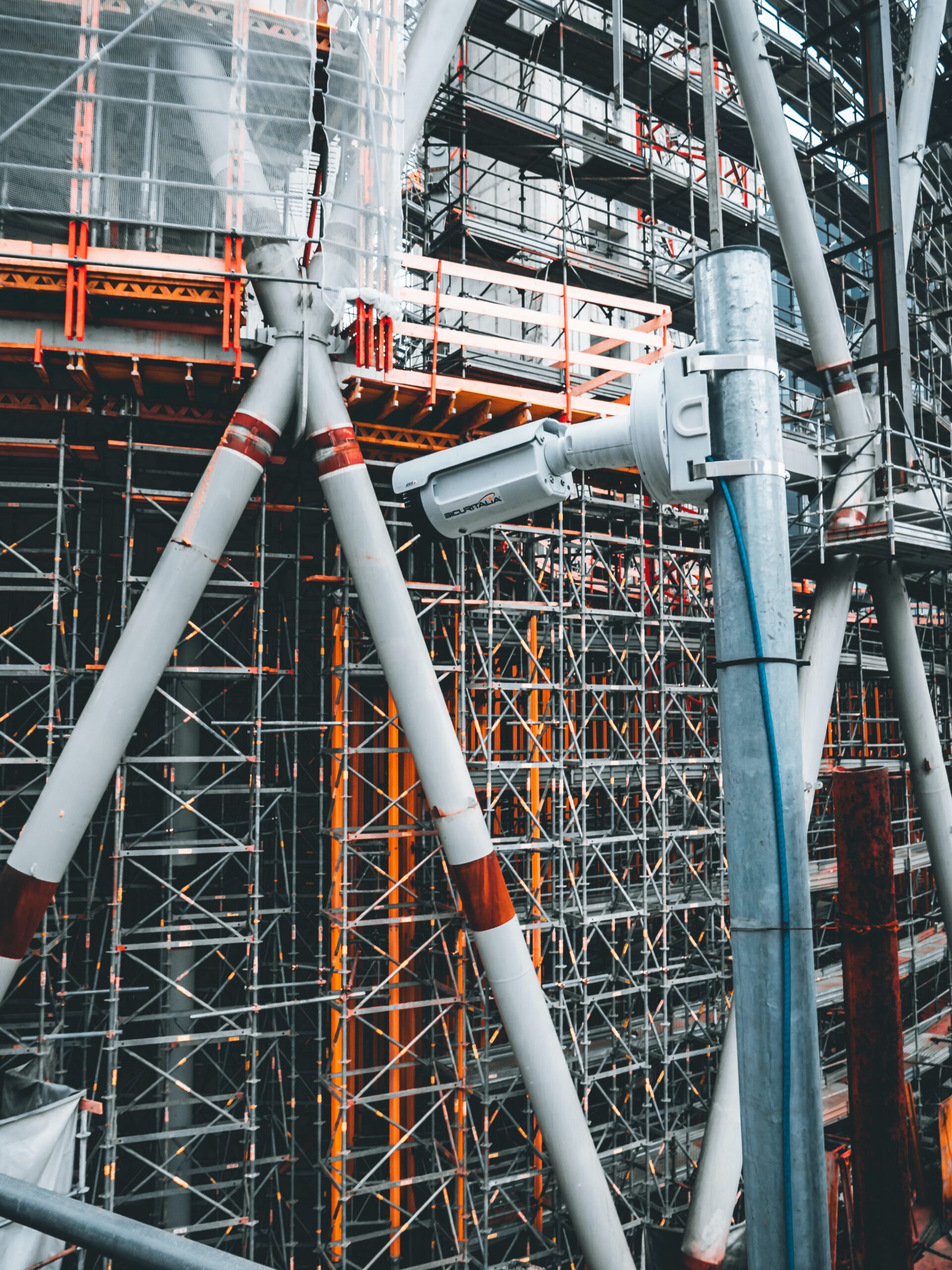There are numerous techniques to safeguard the intellectual property of AI, such as:
1. Patents:
AI systems and algorithms may be protected by patents, giving the creator temporary exclusivity.
Patents are a type of intellectual property protection that give businesses and inventors the ability to legally guard their inventions and works of art. The rights of creators and businesses that have created cutting-edge technology are strongly protected by patents in the field of computer vision. The number of patent applications for computer vision technology has considerably increased due to the growing use of this technology across numerous industries, including media consumption. Object recognition, picture analysis, and augmented reality are just a few of the computer vision technologies that businesses and people are patenting. By enabling businesses to legally protect their discoveries and regulate the use of their technology, patents can give them a competitive edge. However, they might also make it difficult for other businesses and individuals to enter the market.
2. Trade Secrets:
As confidential and proprietary information that gives a competitive advantage, trade secrets can be used to secure AI algorithms and systems.
Trade secrets are private facts or expertise that a business keeps under wraps to obtain a competitive edge. Trade secrets in the area of computer vision might cover several facets of the technology, including algorithms, software code, and hardware design.
To protect their competitive advantage and stop rivals from quickly replicating their technology, businesses may decide to keep some information as trade secrets rather than apply for patents. Computer vision technology has the potential to be very valuable in the media consumption sector, and businesses may decide to keep some of their technological innovations under wraps as trade secrets. For instance, a business might decide against patenting the methods used for object recognition or image analysis in favor of maintaining them as trade secrets.
3. Copyrights:
AI-generated content, including computer code and original works, may be covered by copyright, which grants the creator of the work exclusive rights.
Copyrights are a type of intellectual property protection that allows the authors of original works the sole authority to manage how their works are used and distributed. Copyrights are crucial for defending the rights of content creators and owners in the fields of computer vision and media consumption. For instance, computer vision technology can be applied to the development of original works that are copyright-protected in the video production sector. Copyright concerns relating to the usage and dissemination of original works, such as movies, TV shows, and commercials, might arise when computer vision technology is used in their creation.
In the context of media consumption, where computer vision technology is used, copyrights also play a role.
4. Trademarks:
Trademarks protect distinctive names or symbols used to identify and distinguish goods or services, including AI-powered brands or logos.
By registering images, names, or other forms of intellectual property that are connected to their goods or services, businesses can use trademarks to protect their brand and identity. Trademarks play a significant role in preserving the reputation and brand of businesses that employ computer vision technology in their goods and services in the fields of media consumption and computer vision. For instance, corporations may utilize trademarks to protect their brand and make sure that their commercials are easily recognizable by customers in the advertising sector. Computer vision technology can also be used to give tailored and targeted advertisements. Computer vision technology can be applied to video analysis to measure user engagement and recommend material based on their interests. Businesses may also use trademarks.
5. Contracts:
Agreements, like non-disclosure agreements, can be used to specify ownership and license rights as well as to safeguard the privacy of AI algorithms and systems.
A legally enforceable agreement between two or more parties known as a contract requires them to make a promise to do something or refrain from doing something in return for something of value. Contracts can be verbal or written, and they can include a variety of business dealings, such as sales, employment, rental agreements, and service agreements. Contracts are a fundamental aspect of business and commerce and are used to govern relationships and transactions between individuals and organizations.
It’s vital to keep in mind that intellectual property protection for AI can be complicated and that various forms of AI IP might be covered by various legal systems. To guarantee that AI IP is adequately secured and to prevent disputes, legal advice, and assistance should be sought.









